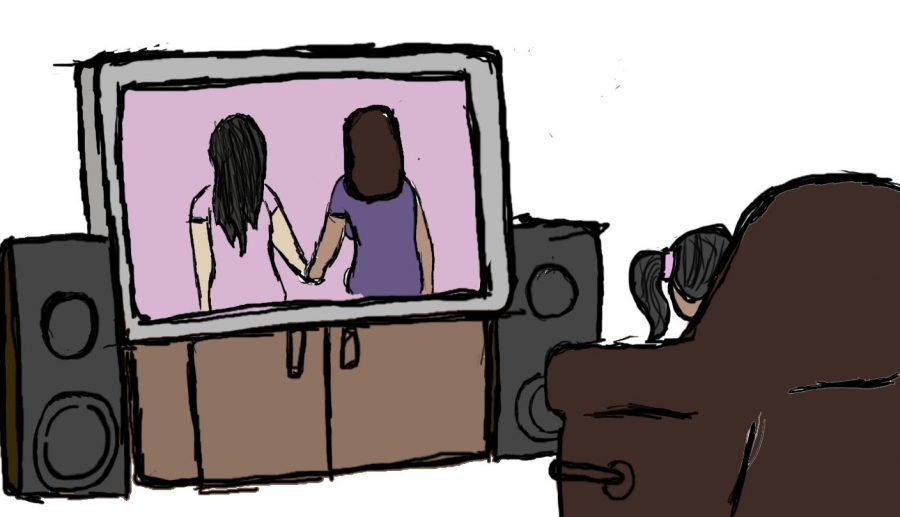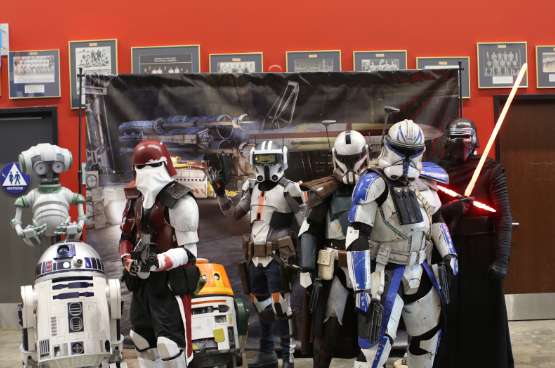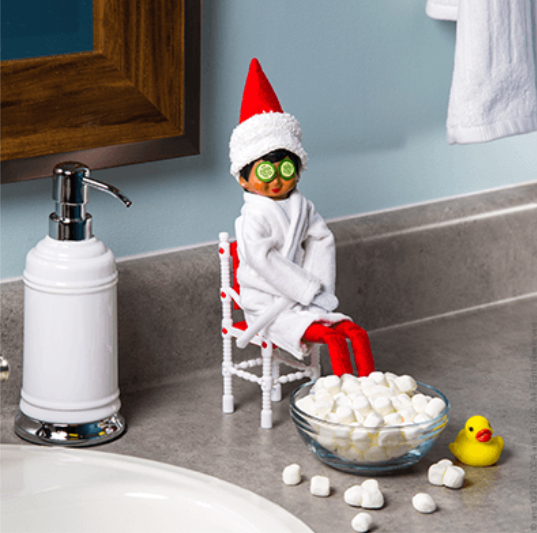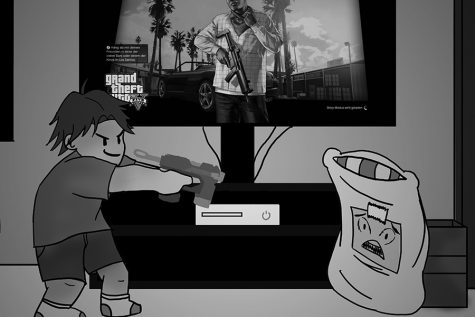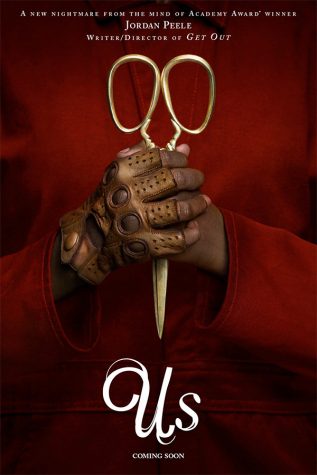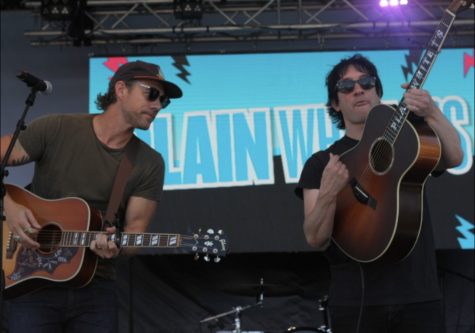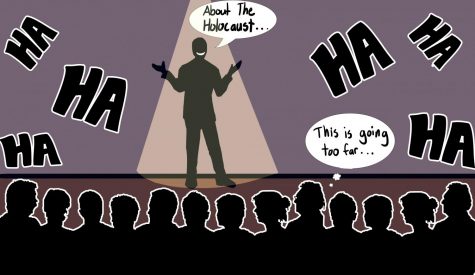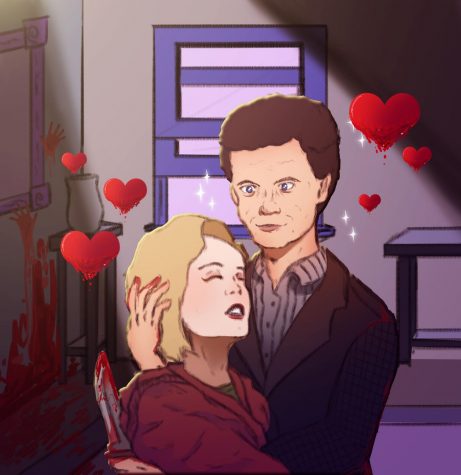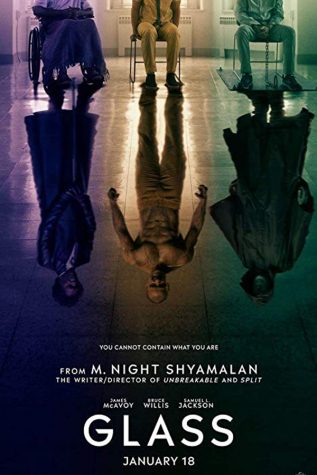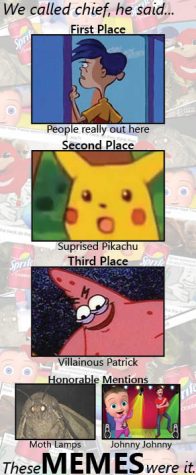CARTOON CONTROVERSY
Children’s television shows featuring LGBT couples brings concerns from public, establishes importance of exposure to same-sex couples
As she sits down and turns on the television, a little girl no older than 7 years old decides to watch her favorite TV shows. On the screen, she watches princesses meet their princes, heroic men save the damsel in distress, and couples finding their happily-ever-afters.
At her age, exposed only to relationships depicted in children’s shows, she doesn’t know that maybe there is more than the typical boy loves girl, girl loves boy type of love.
There have been a numerous amount of romantic moments between a man and woman throughout the time of television and theaters. Classic examples include popular movies such as “The Notebook,” and even movies not focused on love like “The Hunger Games,” make sure to include romance between the two different gendered lead characters.
While the existence of lesbian, gay, bisexual, and transgender people are shown in most films and occasionally one focuses on them, the idea is almost taboo in shows meant for kids. Yet, exposing a younger audience to the LGBT community has become more and more apparent lately, with special thanks to Disney.
“Star vs. the Forces of Evil” is a series on Disney XD about a girl named Star Butterfly who fights evil throughout different dimensions. On Feb. 23, the episode “Just Friends” featured the main characters attending a concert of a band called “Love Sentence,” whose music causes people to kiss their significant other. In one scene, the characters are running through a crowd of couples kissing and same-sex couples are seen in the background as well.
Though the scene is brief and could be easily missed, the fact that it’s an LGBT moment with two men kissing is obvious. Kids and tweens as the main audience are being exposed, even just slightly, to the fact that couples like that are normal to see.
Disney takes it one step further in live action version of their old movie, “Beauty and the Beast.” In the new version, the directors make a few changes to the story and give their own take on certain characters. The biggest and most controversial example right now is Le Fou, Gaston’s manservant, who has been granted the title of “Disney’s first homosexual character.”
Other than announcing the fact that Le Fou would be homosexual, Disney leaves the fact rather ambiguous in the movie. His sexual orientation is implied in subtle ways through his actions with Gaston, but it’s never explicitly brought up.
While this could make some fans cry out in anger about how Disney is only announcing a homosexual character for the publicity, their decision was a reasonable one.
Rather than making the character overly flamboyant and open about his sexuality, he is made no different from the original movie. He acts like the same clumsy yet loyal manservant many have known before he was made to be gay. The way he looks up to and follows Gaston around could be taken as him idolizing or crushing on the brute male.
This not only allows the audience to make their own decision about the character’s feelings but sends the strong message that boys who like boys or girls who like girls are the same as everyone else.
What young children see on screen influences what they believe and has an impact on who they grow up to be. By showing LGBT in a TV series and movies that they would watch, a future where people are free to be who they are without fear of judgement or ridicule seems so much so much closer.

